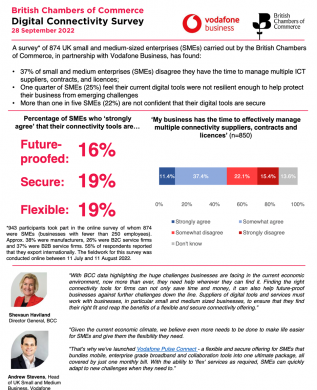A shareholder in Berkshire Hathaway asked for a formula to calculate intrinsic value at the Meeting three weeks ago. He asked, “Would you work the arithmetic using a fictional data set to illustrate the mathematical principia to determine an intrinsic value?

And I hope you include the comprehensive mental model of the key metrics considered, and quantitative assessments of the management, and any assumptions of its industry to determine the durability of its earning power.
And, Warren, same to that effect. Would you also demonstrate or illustrate an arithmetic problem set using, with a significant capital base, and provide the object lessons on how those have changed from a small to a large capital base?”
Now, Buffett and Munger have long said that intrinsic value is usually nowhere near mathematically precise – it’s fuzzy because so much depends on qualitative factors that are not amenable to input to a mathematical formula, e.g. the amount of customer goodwill toward the product, or the competence of the directors.
Here is what Munger said: “Well, I can’t give you a formulaic approach because I don’t use one.
And I just mix all the factors and if the gap between value and price is not attractive, I go on to something else.
And sometimes it’s just quantitative. For instance, when Costco was selling at about 12 or 13 times earnings, I thought that was a ridiculously low value, just because the competitive strength of the business was so great and it was so likely to keep doing better and better.
Well, I can’t reduce that to a formula for you. I liked
……………To read the rest of this article, and more like it, subscribe to my premium newsletter Deep Value Shares – click here http://newsletters.advfn.com/deepvalueshares/subscribe-1

 Hot Features
Hot Features













